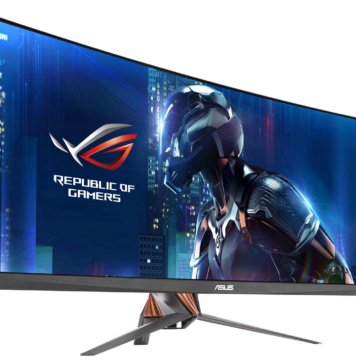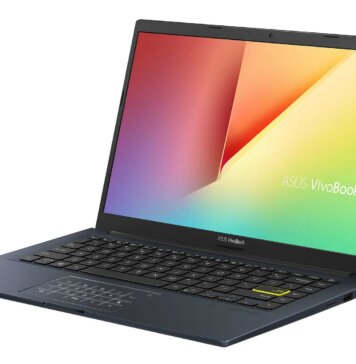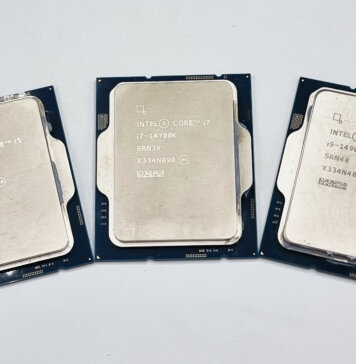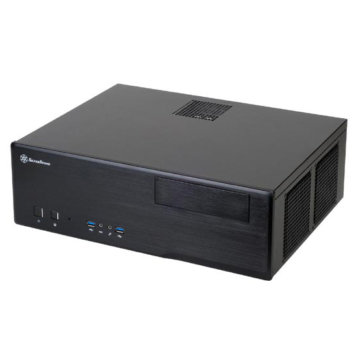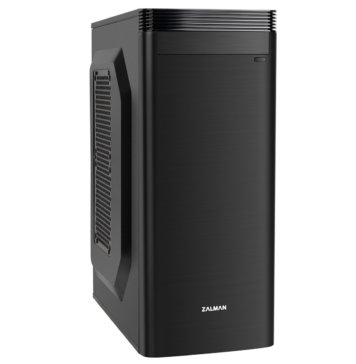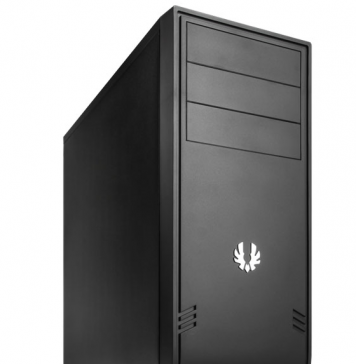Vous le savez probablement, Microsoft a lancé la semaine dernière la première version beta de son prochain système d’exploitation. Dans le même temps Microsoft a publié une page très intéressante sur son site qui donne le détail des recommandations matérielles pour son futur OS. Malheureusement la page n’est plus disponible actuellement (page publiée par erreur ?) mais Google a conservé la page dans son cache. 😉
Voici la partie intéressante du texte, en anglais :
Processor (CPU)
As a general guideline, just about any mid-range and better processor shipping from Intel or AMD is a good fit for basic functionality in Windows Vista. The lower end of the current processor range will work, but those processors won’t provide the optimal experience for most users and definitely won’t provide the best experience for high-end gaming or video editing.
Both AMD and Intel are starting to ship dual-core processors at the upper end of their processor lines. These powerful processors will be excellent choices for Windows Vista.
Now is the time to decide whether you’re ready to make the jump to a 64-bit processor. The current x64 processors from AMD and Intel will be excellent processors for Windows Vista, and I think we’ll see a widespread move to 64-bit by the time Windows Vista ships. The x64-enabled processor lines include the AMD Athlon 64, AMD Athlon 64 FX, Mobile AMD Athlon 64, and AMD Turion 64, Intel Pentium 4 with EM64T, and Intel Pentium 4 Extreme Edition with EM64T. Because these x64 processors will run 32-bit or 64-bit Microsoft Windows equally well, and because these processors are at the upper end of the processor spectrum, they are an excellent choice in getting ready for Windows Vista, and they let you build a system that’s ready to move into the 64-bit processing world whenever you’re ready.
MemoryTo take better advantage of Windows Vista functionality, you should have at least 512 MB of RAM, on your PC. This provides enough memory for both the operating system and a typical application workload. And while 512 MB is great for many scenarios, more advanced users will want 1 GB of memory or more. If your typical workload is heavy, you do a lot of image editing or development, or you run multiple applications all the time, then more memory is good. In general, an investment in additional memory is wise, and you should certainly make sure that the computer you buy has room to add additional memory later.
GraphicsOne important thing to keep in mind as you’re thinking about the graphics capability of your new system is that while Windows Vista will have a new and graphics-intensive look, it will also be able to automatically and gracefully degrade down to the current graphics look of Microsoft Windows XP.
The new graphics capabilities in Windows Vista will require a powerful graphics engine if you want to take full advantage of all the new and cool stuff, such as the new AERO Glass look. While more information about specific drivers or video cards will come later, some general rules can prepare you for getting the most out of Windows Vista. You probably want to avoid the low end of the current GPU range and make sure you get a GPU that supports DirectX 9 and has at least 64 MB of graphics memory. Then, if you’re building a PC, choose a design that includes a separate PCI Express or AGP graphics card. This way, even if the card you choose ends up not being an optimal choice, you can easily replace just the graphics card. And the choice of AGP or PCI Express will ensure that you have sufficient bandwidth to support the enhanced graphics of Windows Vista.
If you chose a system that has built-in graphics, again make sure that the system has a PCI Express or AGP slot that will let you add a graphics card later in case the onboard graphics chipset doesn’t fully support Windows Vista.
When choosing a notebook for use in Windows Vista, you run into the obvious trade-off between better graphics or thinner and lighter form factor. The notebooks with the best graphics capabilities tend to be the larger, heavier, desktop replacement notebooks, and not the thin, light, Tablet PC-enabled ones. Exactly which chipsets will end up fully supported is still open at this point, but specifying the higher end of the chipset choices from NVIDIA or ATI is probably indicative of the range—and more concrete information should be available at a later date.
Storage
Windows Vista will enable some exciting new capabilities for digital image processing, and those capabilities will push the need for large amounts of storage ever higher. If you’re buying a PC, specifying one with a large hard disk is a good idea, but even more important will be the ability to add one or more additional hard disks later if you find you need the extra storage capacity.
Because the hard disk is generally the slowest core element in your PC, you can often get useful gains in overall performance by carefully selecting technologies that improve basic hard disk performance. The typical Integrated Drive Electronics (IDE) hard disk has a speed of 7500 RPM and a 2 MB cache. By selecting a Serial Advanced Technology Attachment (SATA) drive with an 8 MB cache and Native Command Queuing (NCQ), you can give your system a boost in performance, especially if your typical workload involves running several different applications simultaneously.
A DVD drive that is capable of both reading and writing DVDs will be an important element of a Windows Vista PC. These drives have come down in price dramatically, and you should look for a drive that can handle both -RW and +RW formats (i.e., DVD±RW) to ensure maximum compatibility.
La première chose que l’on remarque est l’importance nouvelle de la carte graphique. Vista devrait être très novateur et utilisera une nouvelle interface graphique nommée AERO. Cette nouvelle exploitera la puissance des cartes 3D modernes et Microsoft déconseille les solutions graphiques intégrées largement répandues aujourd’hui (PC entrée de gamme, ordinateur portable…) et recommande une carte graphique compatible DirectX 9 avec, au minimum, 64 mo de mémoire vidéo. Cependant cette interface 3D qui n’est pas encore implémentée dans la version beta de Windows Vista pourra être désactivée, un peu comme celle de Windows XP.
La page ne donne pas la puissance du processeur nécessaire mais explique que les processeurs entrée de gamme actuels seront suffisants pour faire tourner le système dans de bonnes conditions. Les rumeurs parlent toutefois de 2 Ghz au minimum et de 4 Ghz pour tirer parti de toutes les fonctionnalités ! (4Ghz devrait être le milieu/haut de gamme du moment lors de la sortie de windows vista pour l’été 2006). Par contre l’OS tirera enfin part des nouvelles fonctionnalités des CPU récents comme le 64 bits, mais aussi et surtout le dual core qui commence à se répandre.
Niveau mémoire le minimum semble être de 512 Mo pour faire tourner le système d’exploitation, 1 Go de mémoire est recommandée pour être « à l’aise » et profiter au maximum de Windows Vista.

